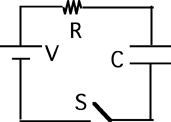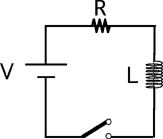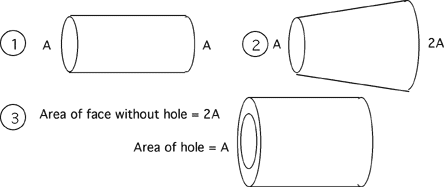Goal: Reason regarding RC circuits.
Source: 283 – energy dissipated in RC circuit

Consider the following circuit. The capacitor is uncharged when
switch S is closed at t = 0. During the charging process the total
energy dissipated in the resistor is:
- V^2^/R
- CV^2^/2
- QV
- V/RC
- none of the above



Commentary:
Answer
(2) Students should recognize that if the capacitor ultimately is
charged to Q, the total work done by the battery is QV. Half of this is
stored in the capacitor and half is dissipated in the resistor.